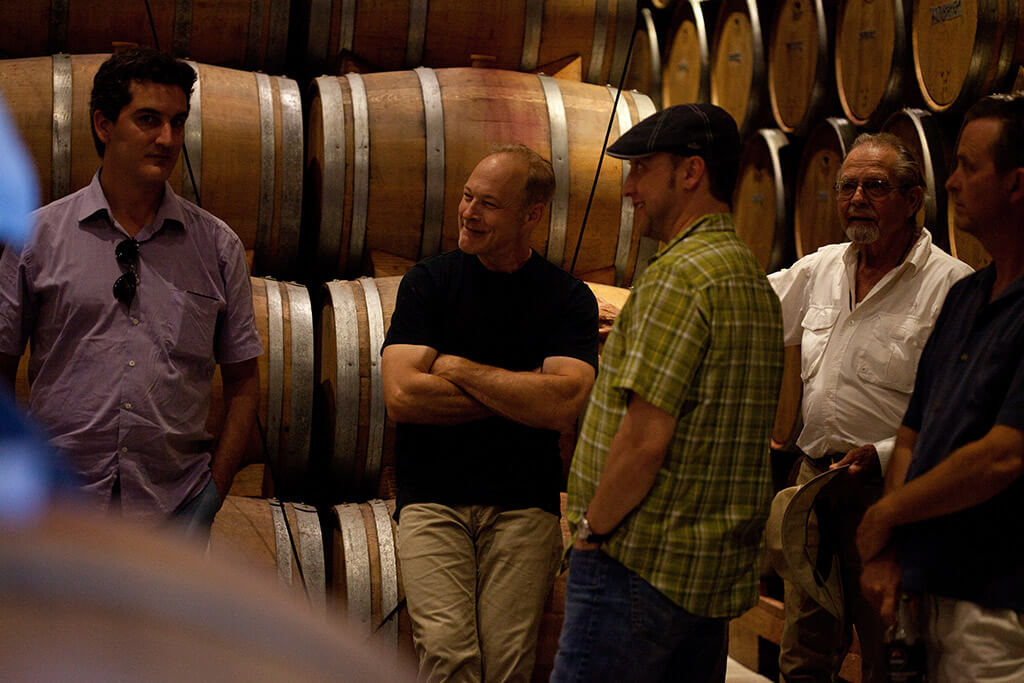How to Store Wine at Home Correctly
Blog Post
Wine is itself an investment, which means correct storage of your wine is essential in order to protect that investment. If you’re wondering how to store your wine, what temperature to keep it at, and other top tips, we’re here to help. Just follow the guidelines below:
Why is Wine Storage Important?
As mentioned above, the key importance of properly storing wine is to protect your investment. Without adequate wine storage, your wine may face the following issues:
- Aging too quickly
- Cork drying and disintegration
- Label disintegration
- Wine deterioration
- Wine leakage
What’s the Right Temperature to Store Wine?
In general, the temperature range to store most wine is between 45° F and 65° F, with 55° F considered close to perfect. This temperature helps to ensure that the wine isn’t so warm that it’s aged too quickly, or too cold that the cork dries and causes seepage. It’s also important to make sure your wines don’t face a frequent change in temperature, as this can cause the cork to move. Note that red and white white do not need to be stored at different temperatures.
Where Should You Store Wine?
The best place to store wine is a dedicated cellar or wine cooler. These are both better options than leaving bottles in the open, where warm weather and temperature fluctuations can affect wine, or in a standard refrigerator, where the cold, dry air can dry the cork of the wine bottle.

Tips for Good Wine Storage:
The following list includes best practices for wine storage. If you plan on consistently purchasing, storing, and aging wines, the following tips will help ensure your wine quality doesn’t decrease from outside factors.
- Lighting: Wines, especially lighter wines, should be kept in a dark cellar, cooler, or other storage place. Excessive light can alter a wine’s chemical compounds, just like oxygen and temperature, and cause wine faults.
- Position: Wine should be stored in a horizontal position, not standing up. This helps the cork keep its structural integrity over time, preventing leakage or spoilage.
- Humidity: Too dry or too humid of an environment is not good for wine over time. Too dry, and the cork can dry out. Too humid, and you’re at risk of mold or losing your label. The optimum relative humidity (RH) range is between 50% and 70%, with 60% the ideal. Note that most wine coolers and cellars are built to regulate this automatically.
- Consistency: It’s essential to make sure that the outside factors (temperature, humidity, light, and position) stay relatively the same throughout the wine’s entire storage period. Inconsistent storage can lead to movement of the cork, causing leakage or spoilage.
- Ventilation: Good ventilation within your wine storage is crucial as it helps eliminate odor build-up or mold, which can hurt wine bottle corks and labels.
- Movement Security: It’s also important to ensure that your wine racks are not at risk for tipping, falling over, or otherwise breaking. In larger cellars, it’s always good to brace or bolt racks into place.
Serving Temperature Recommendations
Once you’re ready to pull those wines from storage, we recommend the following serving temperatures:
- 42-45°F – Rosé and White Zinfandel
- 43-46°F – Vintage Sparkling Wine and Sauvignon Blanc
- 48-52°F – Chardonnay and Viognier
- 50-54°F – Full-Bodied Chardonnay
- 58-61°F – Young Bordeaux and Young Cab
- 58-62°F – Merlot and Light Zinfandel
- 61-63°F – Pinot Noir
- 61-64°F – Mature California Cab, Mature Rhone, Zinfandel
More Helpful Wine Links
If you found this resource helpful and you’re looking for additional wine resources, visit the blog posts below:
- Types of Wine Openers and How to Use Them
- How to Double Decant Wine
- A Comprehensive Guide to Wine Ageing

Stay up-to-date with the latest RIDGE news, wine releases, and special offers – join our mailing list.
Wait!
In order to qualify for user related discounts, you must log in before proceeding with checkout. Click the button below to log in and receive these benefits, or close the window to continue.
Log In